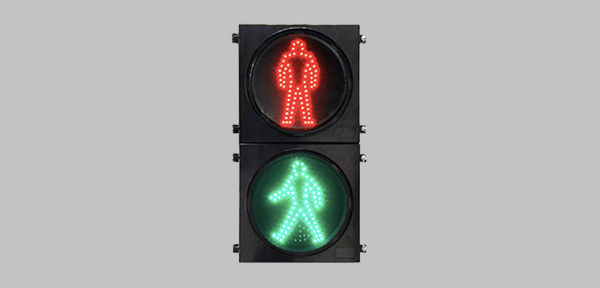Why Traffic Lights Are Red Yellow and Green?
are a ubiquitous part of modern society, providing a critical function in directing the flow of traffic and keeping drivers and pedestrians safe. These lights use a system of colors to indicate when it is safe to proceed, when to slow down, and when to stop completely. The colors used for traffic lights are red, yellow, and green, and each color serves a specific purpose.
The history of traffic lights can be traced back to the 19th century when gas lamps were used to control the flow of traffic in cities such as London and Paris. The first electric traffic light was developed in the United States in 1912 by a policeman named Lester Wire. However, it wasn't until the 1920s that the modern system of red, yellow, and green lights became standard.
Red is the most prominent color used in traffic lights and is used to indicate that drivers and pedestrians should stop. The reason why red was chosen for this purpose is because it is a highly visible color that can be seen from a distance. In addition, red is often associated with danger, making it an effective way to alert people to potential hazards. When the traffic light is red, it indicates that traffic should come to a complete stop and wait until the light changes.
Yellow is the next color used in traffic lights and is used to indicate that the light is about to change from red to green. Yellow is a transitional color that serves as a warning to drivers and pedestrians that they should prepare to stop. This color is also highly visible and easy to spot, making it an effective way to alert people to changes in the traffic signal.
Green is the final color used in traffic lights and is used to indicate that drivers and pedestrians should proceed. Green is associated with safety and go, making it an appropriate color to use when it is safe to proceed. When the traffic light is green, it indicates that drivers and pedestrians should proceed with caution and follow traffic laws.
There are several other factors that contribute to the use of these colors in traffic lights. For example, the colors used in traffic lights are consistent with the colors used in other warning systems such as stop signs and railroad crossings. In addition, the use of three colors allows for a clear and easy-to-understand system that can be easily recognized by people of all ages and backgrounds.
Another important factor to consider is the psychology of color. Red is often associated with danger and stop, yellow with caution and slow down, and green with safety and go. These associations are deeply ingrained in our culture and make the use of these colors in traffic lights particularly effective.
In conclusion, the use of red, yellow, and green in traffic lights is a well-established and effective system that has been in use for almost a century. Each color serves a specific purpose and is chosen for its visibility and psychological associations. This system has proven to be highly effective in controlling the flow of traffic and keeping drivers and pedestrians safe, and it is likely to remain a key part of our transportation infrastructure for years to come.
If you want to know more information about traffic lights, please contact us. We will provide professional answers.







Leave a comment